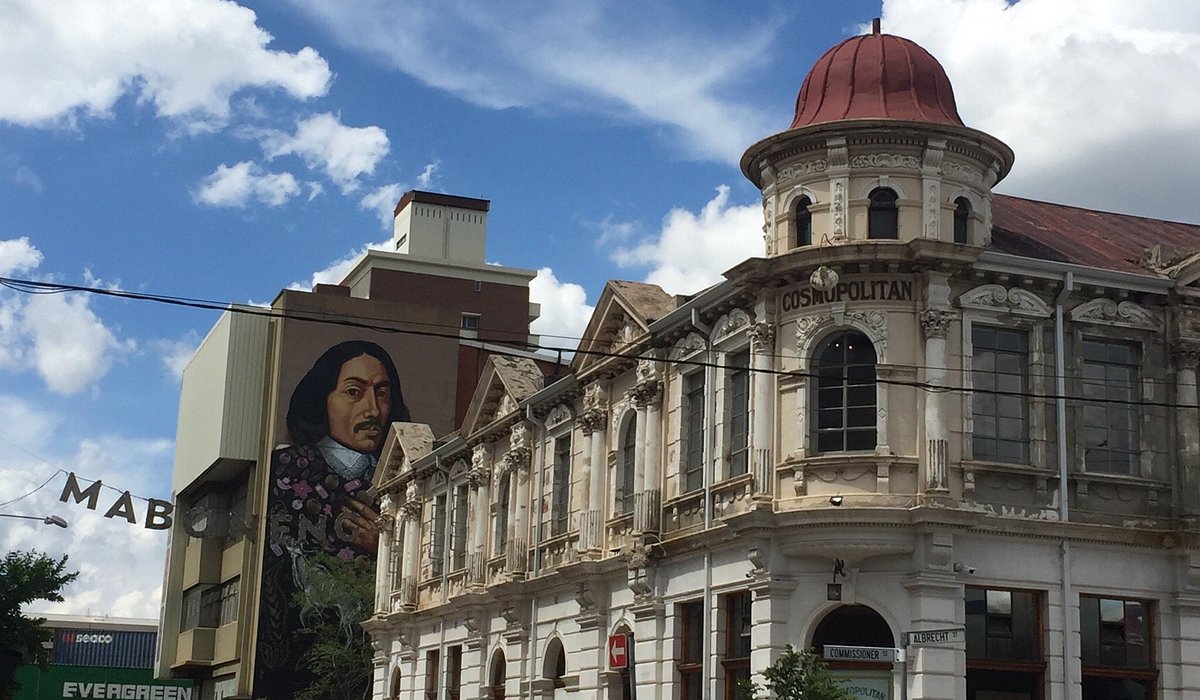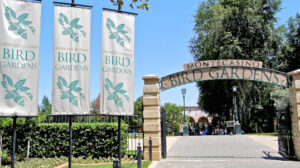The Of Johannesburg North Attractions
The Of Johannesburg North Attractions
Blog Article
How Johannesburg North Attractions can Save You Time, Stress, and Money.
Table of ContentsThe 6-Minute Rule for Johannesburg North AttractionsNot known Facts About Johannesburg North AttractionsThe smart Trick of Johannesburg North Attractions That Nobody is DiscussingNot known Facts About Johannesburg North AttractionsThe Greatest Guide To Johannesburg North AttractionsJohannesburg North Attractions Fundamentals ExplainedExamine This Report about Johannesburg North Attractions
You should maintain safety in mind and visitors have to remain alert at all times when in unfamiliar surroundings. Speak with the locals when you remain in town to discover the area you are remaining in. Johannesburg North attractions. When on the street (this does not relate to shopping center and other safe environments) finest general suggestions is to attempt your best to look like a regional and to stay clear of showing any type of wide range
Rumored Buzz on Johannesburg North Attractions
Teacher Revil Mason O. J. (Thomson, 1946) discovered the Witwatersrand's pre-colonial history. His historical job took off the 'em pty land' misconception, according to which the area was without human habitation before the arrival of European settlers. In his magazines Prehistory of the Transvaal: A Document of Human Task (1962) and Beginnings of Black People of Johannesburg and the Southern Western Central Transvaal Advertisement 3501880 (1986 ), Professor Mason showed the level of social and economic development in the location before Europeans set foot right here.

Unknown Facts About Johannesburg North Attractions
In 1878, David Wardrop located gold in quartz capillaries at Zwartkop, north of Krugersdorp. In 1881, Stephanus Minnaar came across gold on the farm Kromdraai, near the Cradle of Mankind.
In March 1886, a protrusion (soon to be called the Main Reef) was discovered, rather fortuitously, on Gerhardus Oosthuizen's farm Langlaagte. Some say that the Lancastrian coal miner George Walker discovered this reef. An additional travelling English miner, George Harrison (who had previously functioned in Australian mines) acquired a prospecting permit in regard of Langlaagte in Might 1886.
He chose to proceed in a mission for greener fields, and disposed of his Langlaagte case for the princely amount of 10. Alas: below lay the wealthiest goldfield ever before located. The discovery of this rich auriferous reef prompted a gold thrill that signified the end of agrarian serenity in the southern Transvaal.
It would certainly, within six years, come to be the largest town in southern Africa. Within a decade, it would certainly make the Z. A. R. till after that an anarchical and insolvent little state the wealthiest country in Africa. By the turn of the century, the Z. A. R. was to surpass Russia, Australia and the USA of America to come to be the world's leading gold producer, generating greater than a quarter of the world's gold.
Unknown Facts About Johannesburg North Attractions
It was referred to as Ferreira's Camp, named after Colonel Ignatius Ferreira. visite site He was a Boer traveler upon whom the British authorities had presented the condition of Companion of the Most Distinguished Order of St Michael and St George (qualifying him to the post-nominal letters C. M. G.) in thankfulness for his duty in the battle that had deposed the Pedi king Sekhukhune in 1879.
2 other camps were established: Meyer's Camp on the ranch Doornfontein, and Paarl Camp. The latter was nicknamed Afrikander Camp; lots of people from the Cape Nest worked out there.

Indicators on Johannesburg North Attractions You Need To Know
This name obtained money by word of mouth, such that the State Assistant verified the name to the Mining Commissioner on 9 October 1886. Stands in the town were auctioned on 8 December 1886. While some stands were cost 10, others were torn down for as low as sixpence.
2 years later on, these erven were to alter hands for as high as 750 each. The tented camps decreased as a dorp of corrugated iron structures established and expanded north of the mines situated along the Key Coral Reef Roadway. Areas such as Jeppe's Community (where working-class immigrants erected their houses) and Doornfontein (where the affluent brand-new 'Randlords' started to build their opulent houses) were quickly included to the ever-expanding map of the town.
What Does Johannesburg North Attractions Mean?
Apart from the road names, there were no indications of Johannesburg being located in a Dutch-speaking nation., nearly every person spoke English and also the Government slaves addressed one in English, unless they were initial dealt with in the Taal (or Low Dutch)'.
Britain had a rate of interest in guaranteeing optimum conditions for gold manufacturing on the Witwatersrand, and that the gold was exported to London instead than Berlin an essential rendered see all the a lot more clamant by the Z. A. R.'s increasing toenadering with Germany. Mine proprietors got on a clash with President Kruger, whose plan of monopolistic giving ins (usually granted to his cronies) prevented mining business from procuring products of materials (particularly dynamite) and work by themselves, more affordable terms
The Ultimate Guide To Johannesburg North Attractions
In 1890, the Volksraad had restricted the franchise business to white men who had stayed in the Z. A. R. for fourteen years or longer, hence invalidating the majority of the immigrants (who occurred to be Continued the significant factors to the fiscus). Agitation for the vote was a plain pretense for promoting a different schedule; most uitlanders regarded themselves as temporary site visitors and had no purpose of remaining in the Z.
Report this page